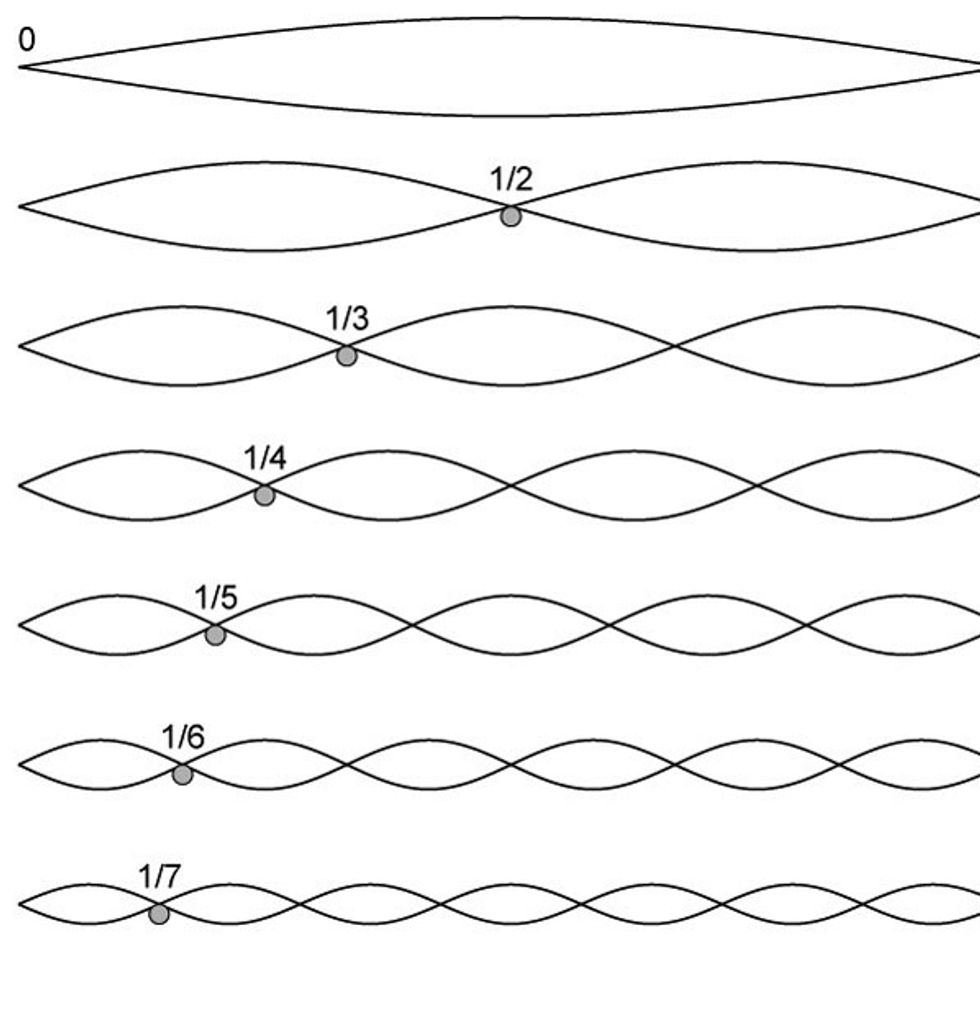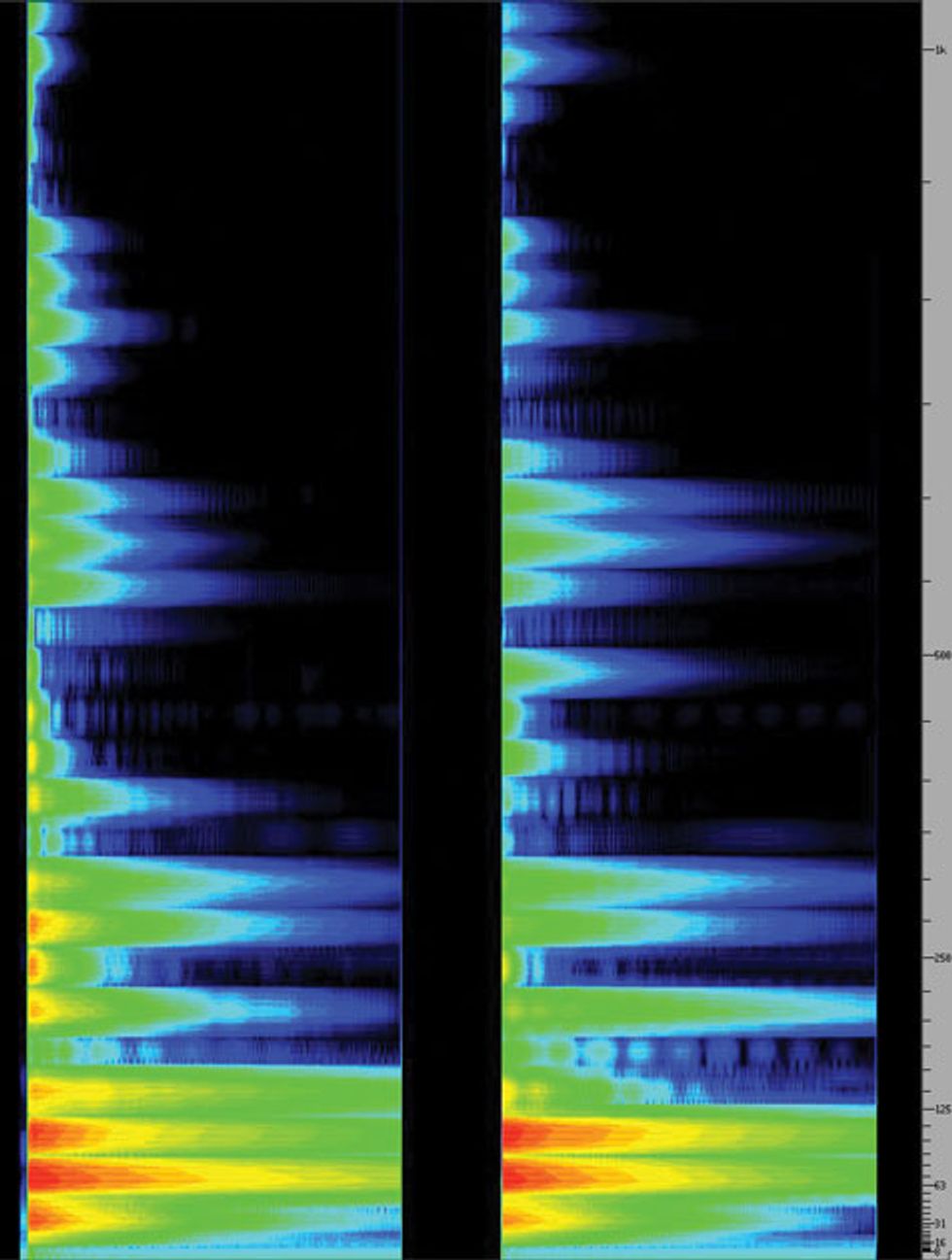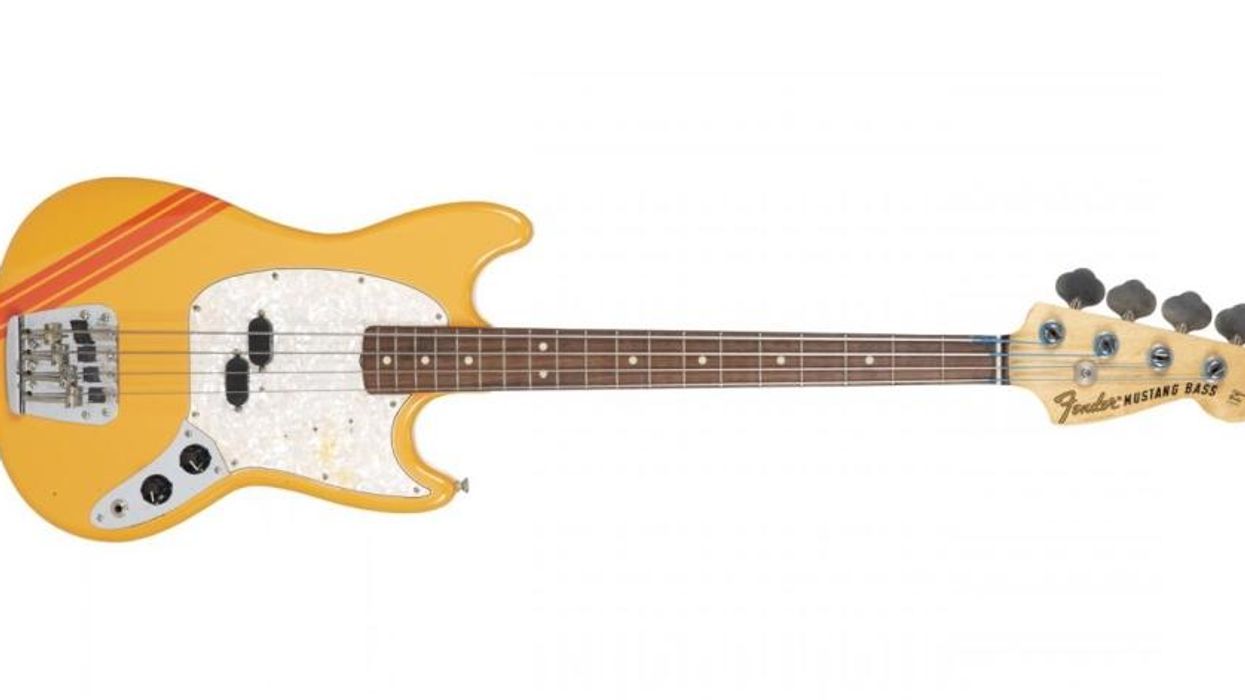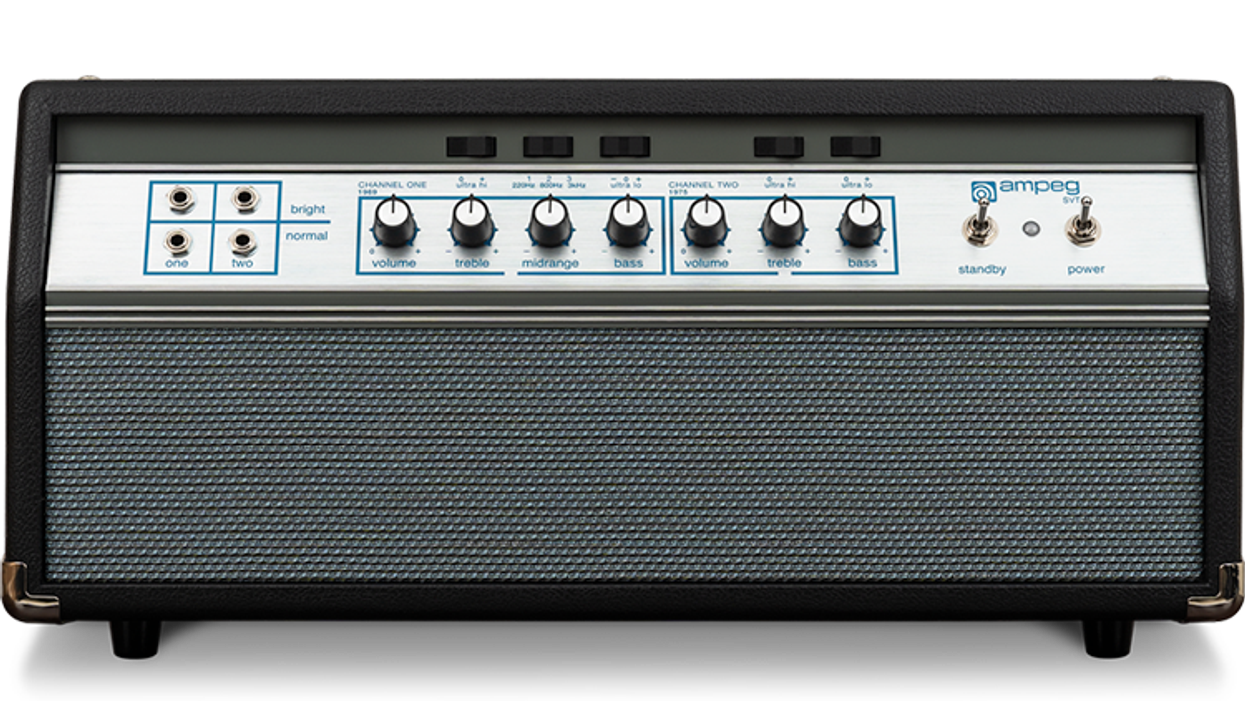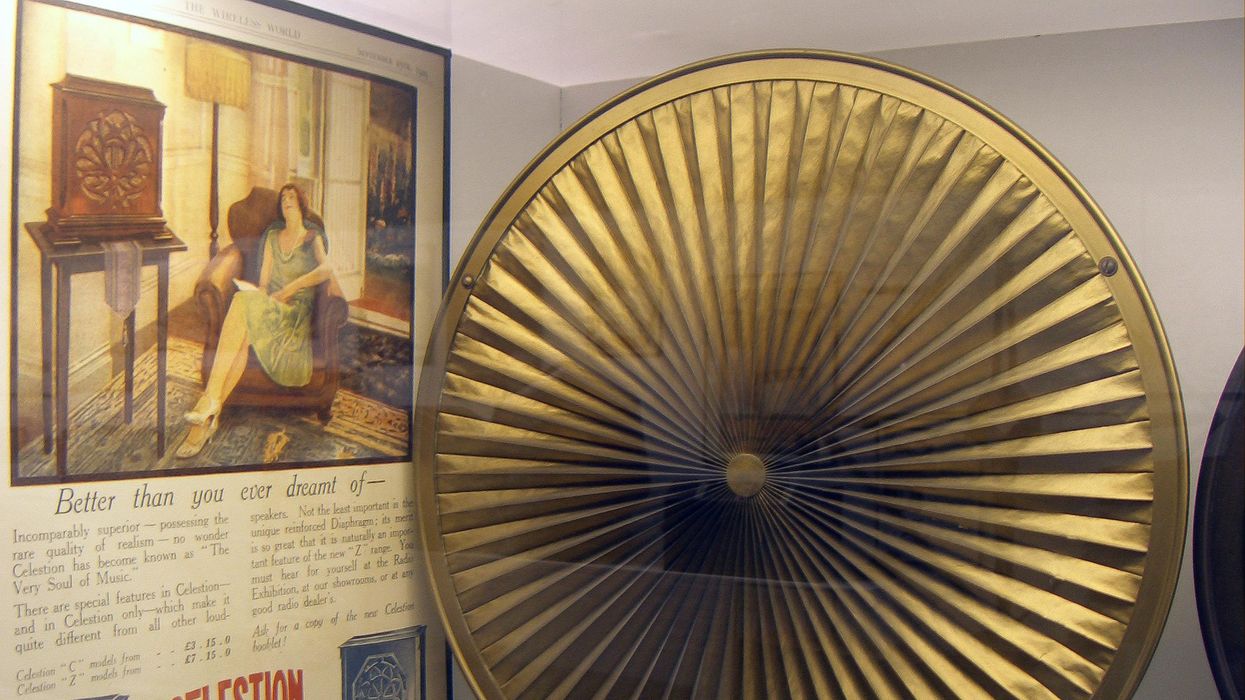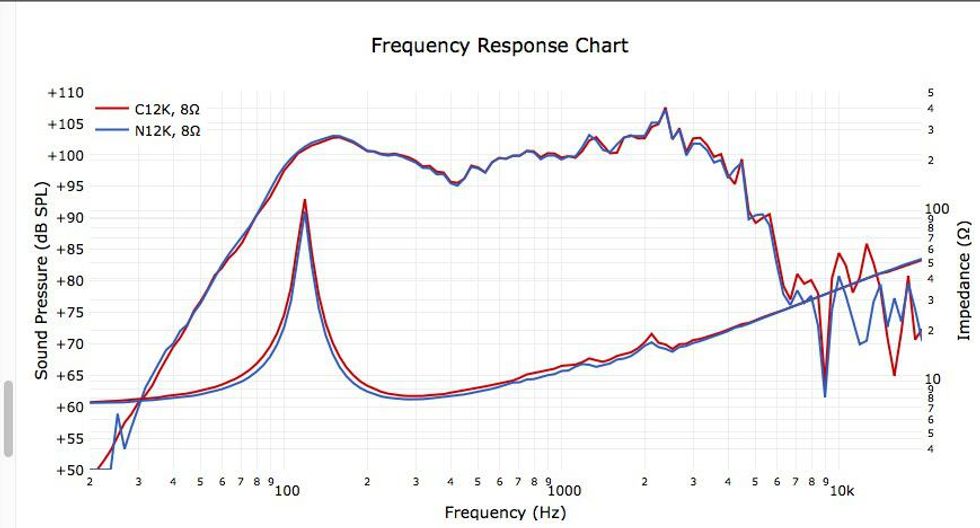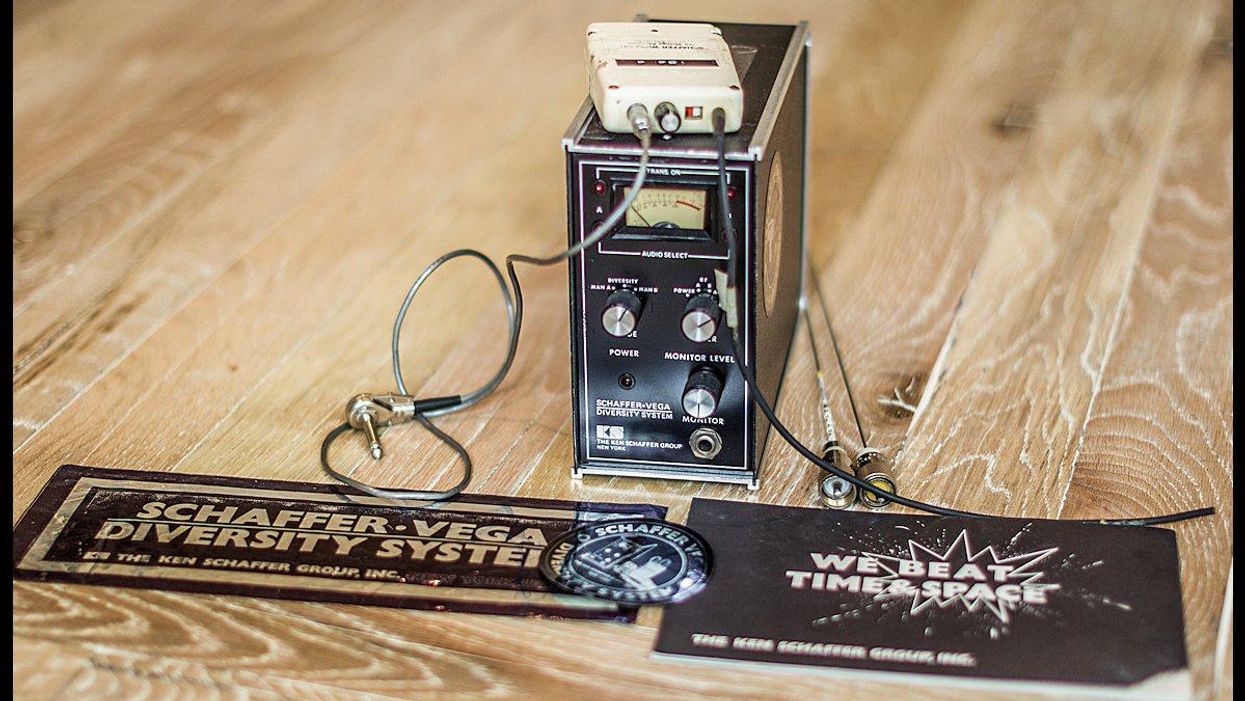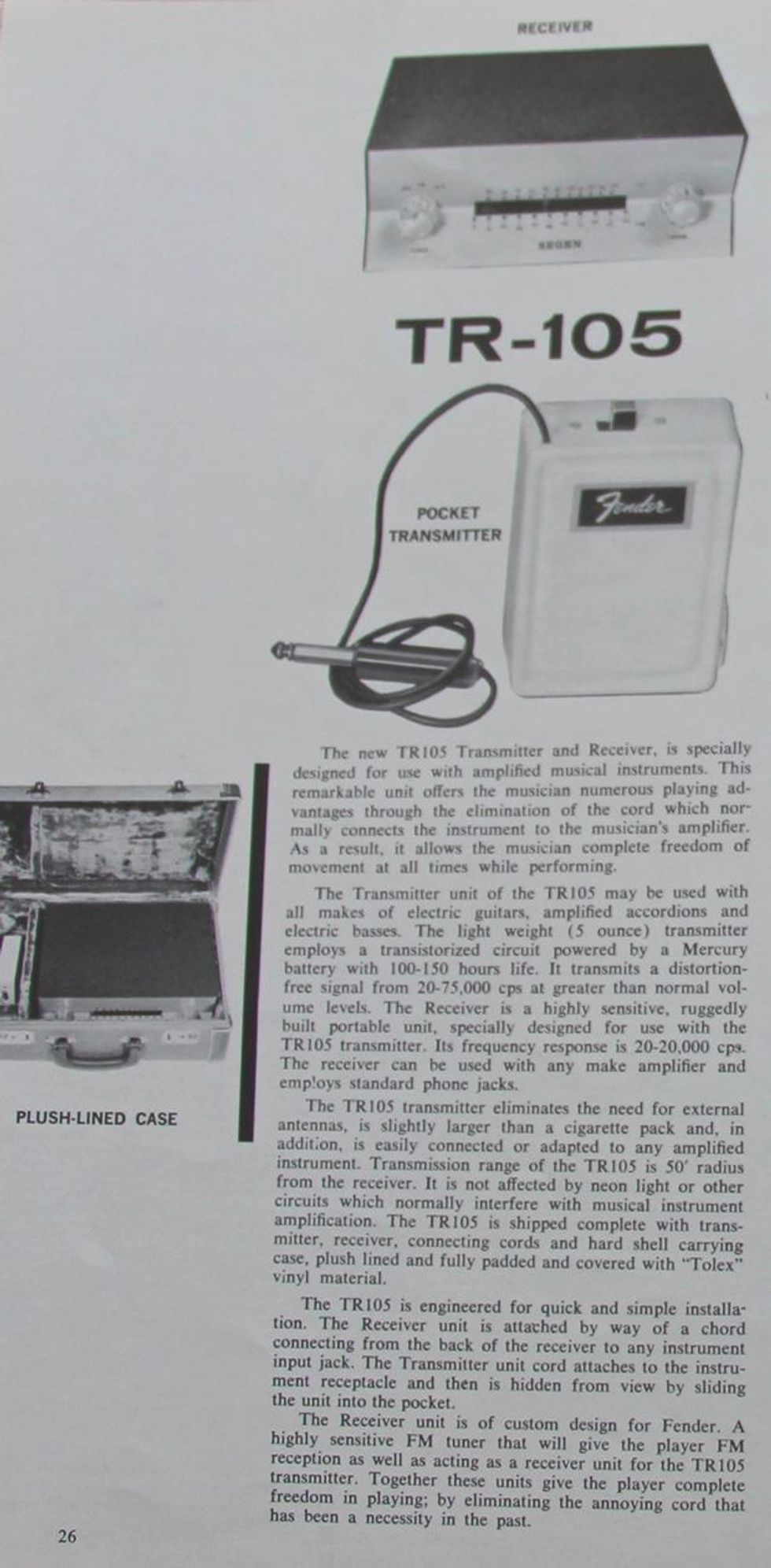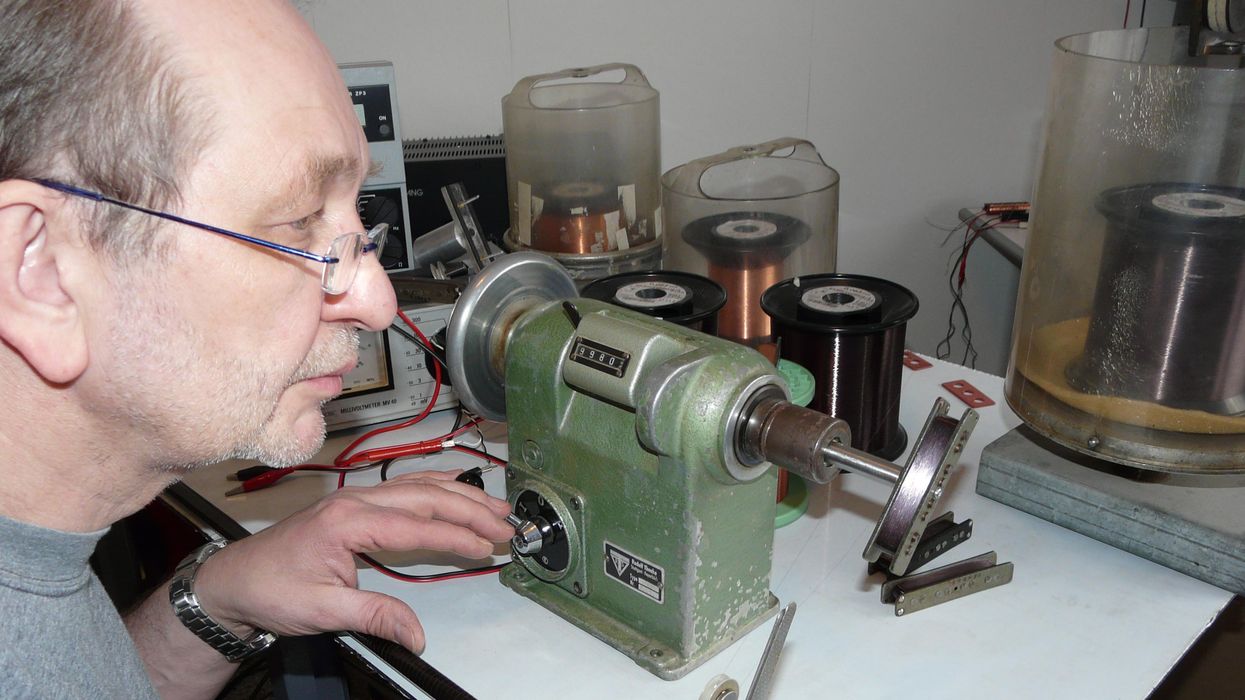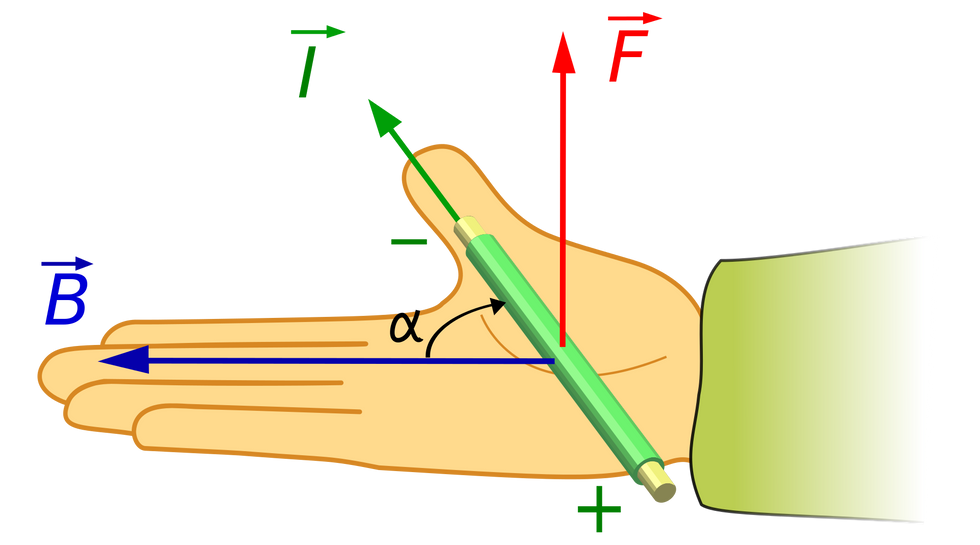Image 1 — Photo courtesy of basslab.de.
Musicians are fond of platitudes, and we bassists are no exception. A good companion to the evergreen “Jaco only needed four” is “it’s all in the hands.” Every instrument has its sonic characteristics and limitations, so it might not be all about the hands, but there’s no denying your plucking hand plays a key role in shaping your sound.
One of the first things we learn when taking up the bass is that the plucking position matters. Attacking the strings closer to the bridge gives you a greater proportion of upper harmonics, while you get more of the fundamental when you pluck a string near the neck or even at the 12th fret.
As bassists, the lowest frequency in our spectrum is the half-wave of the open string or scale length, and ideally the complete harmonic spectrum contains additional frequencies that are whole number multiples of the fundamental frequency (Image 1).
While the frequency mix in this spectrum is partially determined by the construction of the instrument, pickups, electronics, and cabs, we influence the outcome by how we play. Not only can we make our instrument sound different by using such techniques as fingerpicking, slap ’n’ pop, or tapping, it also matters where, how, and at what speed we attack the strings.
And while our guitar mates rarely have a problem getting heard, bass players often do. When that happens, instead of simply reaching for the volume knob, a better choice can be to select the appropriate plucking style for that particular moment.
The complex ways that a sustaining tone evolves over time has been subjected to much scientific analysis. Image 2 shows two Fourier-analyzed spectrographs of a single note played on two different instruments. The X-axis represents time, the Y-axis represents frequency, and the color represents the amplitude with red being the highest. Frankly, there is a lot of information in the graphic—perhaps too much.
When grappling with a concept, it often helps to work with simplified pictures to get an idea of what results come from a specific action. These basic rules and perceptions can help us as long as we don’t stretch them too far, as they are not physically correct in every way.
So let’s try it: What happens when you move the position of your plucking hand from the neck area to the bridge? Imagine you’re watching a right-handed bassist facing you (i.e., the plucking hand is to your left). Revisit the fundamental and the upper harmonics represented in Image 1, and then think of the marked nodes as the position of the plucking hand. It’s easy to envision that the more a player’s hand moves toward the bridge, the more it triggers the higher harmonics of the spectrum.
Image 2 — Photo courtesy of basslab.de.
Here’s another simplified picture concerning pickups and the size of the so-called “magnetic window.” The wider the magnet along the axis of a string, the larger magnetic area it covers, and this limits its ability to pick up higher frequencies. The upper limit of this resolution is reached once the half-wave of a given upper harmonic no longer fits within this window. This statement ignores some other facts and influences, so it doesn’t provide the whole picture, but it’s not completely wrong, and it helps us imagine what’s happening.
A related idea: Why does hitting a string with a sharp pick add more upper harmonics than doing so with the wider and softer fingers, or the even longer contact length of the thumb? It’s as if the length of the contact area somehow exerts a limit on higher harmonics comparable to the magnetic window.
These concepts offer a good way to perceive that initial attack, although we’re ignoring everything that happens after the string is hit, and it’s wobbling out the energy from that first triggering. Here physical reality strikes again, because even our original premise of whole-number multiples of the fundamental isn’t 100 percent correct. Why? The stiffness of a string’s core alters the numbers by a small percentage, as do a few other factors. This results in a very complex and lively frequency shift of harmonics in the sustaining note. That’s probably why we love bass and don’t get very excited by the scientifically “ideal” waves of electronic keyboards.
In the end, the benefit of these simplified perceptions and mental images is that they allow us to draw some basic conclusions about an instrument by just looking at its parts and construction. And that’s what we’ll explore next time.

